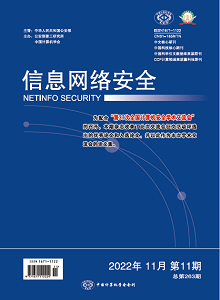In view of the problem that is difficult to solve in current industrial control security compatibility, at the essential level of the competition between functional safety and information security resource consumption, a formal model supporting the conflict between functional safety and information security is proposed. The functional safety degree, information security degree, CPU occupation, and memory occupation of the security policy of the industrial control system are mathematically described. This paper took four mathematical functions as objective functions to measure the advantages and disadvantages of the security policy for multi-objective optimization. It fully considered the key factors of industrial control systems such as functional safety, information security, time delay, and resource consumption, constructed the parameter space of the objective function, and used the space interval to select the optimal strategy. This paper overcomes the limitation that the traditional contradiction shielding method can only be qualitatively configured without affecting functional safety, and provides a complete set of policy optimization schemes and algorithms for industrial control systems. The strategy optimization algorithm is applied to the train control system to obtain the optimal safety strategy scheme of the Automatic Train Protection (ATP) system.Experimental results show that the security strategy optimization method proposed in this paper can quantify the advantages and disadvantages of security strategies, and effectively select the optimal scheme of security strategy to ensure the security of industrial control systems.

